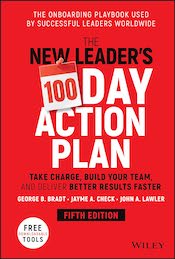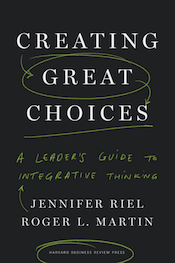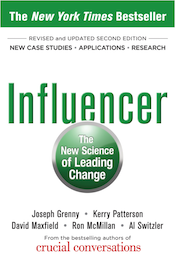
The New Leader’s 100-Day Action Plan: Take Charge, Build Your Team, and Deliver Better Results Faster
by George B. Bradt, Jayme A. Check, and John A. Lawler
The New Leader’s 100-Day Action Plan is a comprehensive guide for newly appointed leaders, whether they are succeeding an incumbent in an existing position or taking on a newly created role. The book offers an in-depth exploration of the new leader’s journey and presents a practical, detailed roadmap for assuming full leadership in the new role. First-time leaders will find the step-by-step recommendations particularly helpful.









